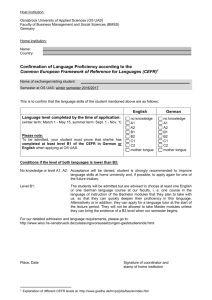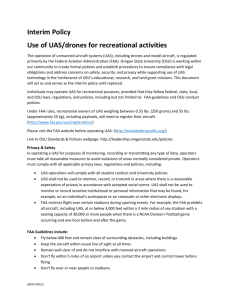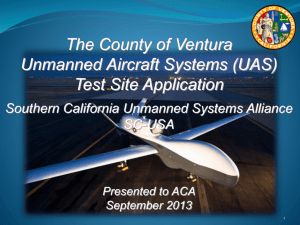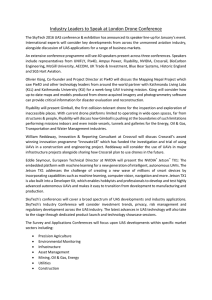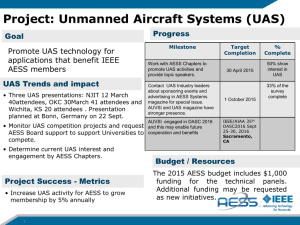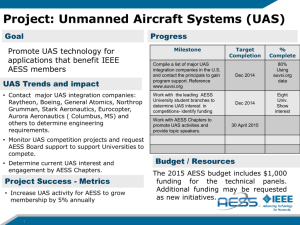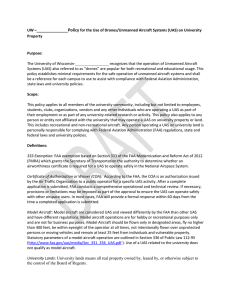Too Little, Too Late? This quick breakdown is your early
advertisement
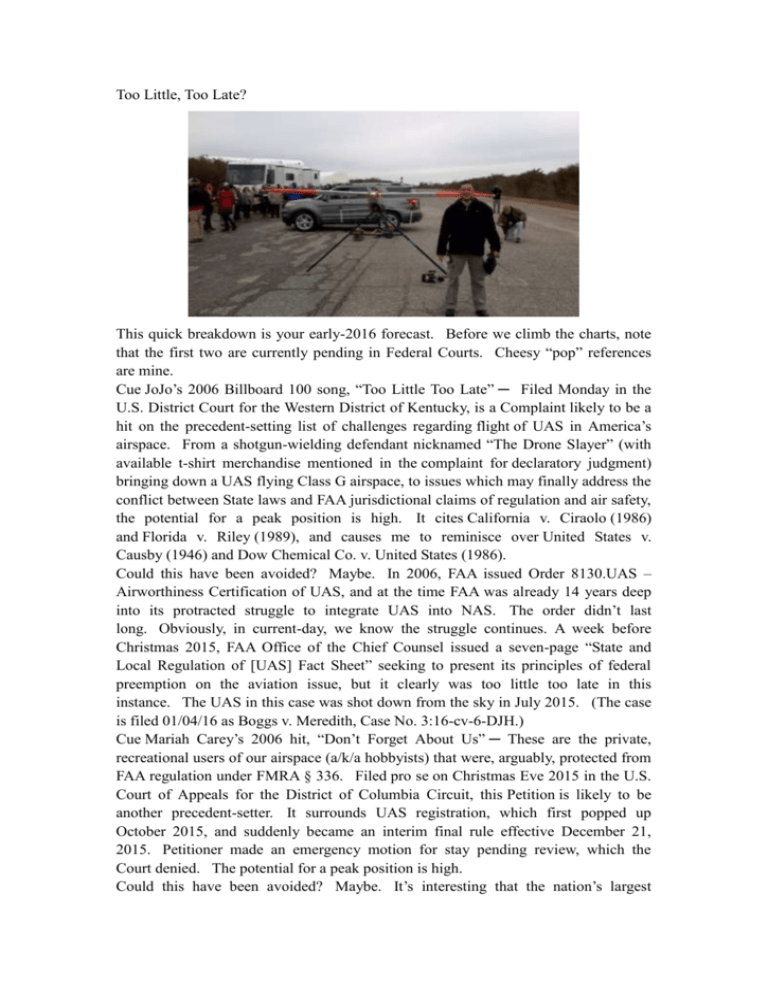
Too Little, Too Late? This quick breakdown is your early-2016 forecast. Before we climb the charts, note that the first two are currently pending in Federal Courts. Cheesy “pop” references are mine. Cue JoJo’s 2006 Billboard 100 song, “Too Little Too Late” ─ Filed Monday in the U.S. District Court for the Western District of Kentucky, is a Complaint likely to be a hit on the precedent-setting list of challenges regarding flight of UAS in America’s airspace. From a shotgun-wielding defendant nicknamed “The Drone Slayer” (with available t-shirt merchandise mentioned in the complaint for declaratory judgment) bringing down a UAS flying Class G airspace, to issues which may finally address the conflict between State laws and FAA jurisdictional claims of regulation and air safety, the potential for a peak position is high. It cites California v. Ciraolo (1986) and Florida v. Riley (1989), and causes me to reminisce over United States v. Causby (1946) and Dow Chemical Co. v. United States (1986). Could this have been avoided? Maybe. In 2006, FAA issued Order 8130.UAS – Airworthiness Certification of UAS, and at the time FAA was already 14 years deep into its protracted struggle to integrate UAS into NAS. The order didn’t last long. Obviously, in current-day, we know the struggle continues. A week before Christmas 2015, FAA Office of the Chief Counsel issued a seven-page “State and Local Regulation of [UAS] Fact Sheet” seeking to present its principles of federal preemption on the aviation issue, but it clearly was too little too late in this instance. The UAS in this case was shot down from the sky in July 2015. (The case is filed 01/04/16 as Boggs v. Meredith, Case No. 3:16-cv-6-DJH.) Cue Mariah Carey’s 2006 hit, “Don’t Forget About Us” ─ These are the private, recreational users of our airspace (a/k/a hobbyists) that were, arguably, protected from FAA regulation under FMRA § 336. Filed pro se on Christmas Eve 2015 in the U.S. Court of Appeals for the District of Columbia Circuit, this Petition is likely to be another precedent-setter. It surrounds UAS registration, which first popped up October 2015, and suddenly became an interim final rule effective December 21, 2015. Petitioner made an emergency motion for stay pending review, which the Court denied. The potential for a peak position is high. Could this have been avoided? Maybe. It’s interesting that the nation’s largest organization of recreational users (usually touting their 80-year heritage) did not bear the burden of proceeding with a challenge to the rulemaking — it was a lone enthusiast from Maryland. The recreational group served on the UAS Registration Task Force, but the Maryland hobbyist did not. (The case is filed 12/24/15 as Taylor v. Huerta, Case No. 15-1495.) Cue The All-American Rejects 2006 hit, “Move Along” ─ In terms of allowing our domestic commerce to flourish in this new industry, ripe with opportunity, the FAA as prescribed by FMRA § 333 allows a process for approval of commercial operations while the NPRM process continues. Often cited by industry leaders as a barrier, the weaker voices of small business owners and future entrepreneurs are often unheard. In some cases, Section 333 Petitions submitted July 2015 sit idle, while batches submitted October 2015 are now receiving their Exemption Grants. While it makes sense that our Country would never want to compromise safety of the busiest airspace in the world, it’s arguable that Government has struggled with UAS integration into NAS through four (4) Presidents and seven (7) FAA Administrators. 2016 may now be the year to “move along” when you rundown the following: it’s the 16th anniversary of the first UAS COA, 10th anniversary of the first UAS SAC, and 9th anniversary since the first Federal Register notice titled “Unmanned Aircraft Operations in the National Airspace System.” Cue the number 1 hit of 2006, “Bad Day” ─ Early-2006 brought delivery of a final report to Congress on ACCESS 5, a government-industry project to integrate UAS into NAS via a four-step process. By year’s end ─ two steps deep into the project ─ ACCESS 5 was defunded and the program sunsetted. In sum, our Declaration of Independence instituted a Government, empowered by the consent of its governed. The principles organizing same, was to effect their safety and happiness. Instead of having “bad days” and dealing with “too little too late” matters, we might hope that collaborative action results in every American’s enjoyment and happiness of their airspace.(Suasnews)
